Wilson’s Snipe (Gallinago delicata) – An Upland Game Bird Profile
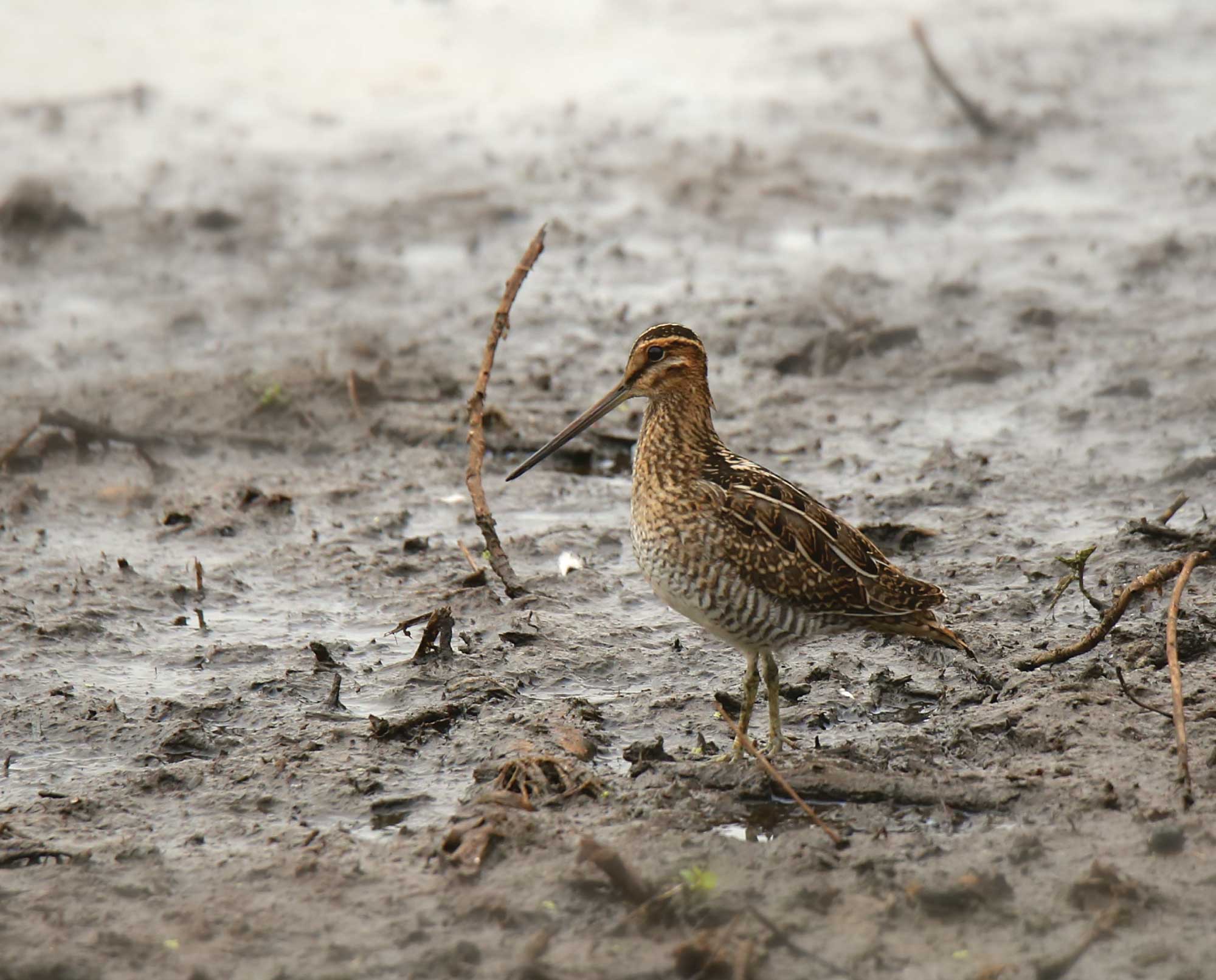
The Wilson’s snipe is a secretive, wetland-dwelling shorebird best known for its zigzag flight and distinctive winnowing call.
Perhaps no other bird is so widely misunderstood than the Wilson’s snipe, a bird made famous for its fictitious role in the classic childhood prank. Some people still hold their existence in disbelief! I was one of those gullible kids led on a Snipe hunt during my first Cub Scout overnight, sent astray into the darkness under the encouragement of the older Scouts.
Snipe are a lesser-known upland game bird living in the shadow of the standard-bearers of upland hunting—grouse, woodcock, quail, and pheasant. Yet, in the snipe, you find an upland bird that can challenge the nerves and skills of the most accomplished wing shooters. Plus, it’s found in wide abundance across the globe and delivers excellent table fare.
Description and life history of the Wilson’s snipe
The Wilson’s snipe (Gallinago delicata) is a member of Scolopacidae Family, the sandpipers, alongside its more popular cousin the American woodcock (Scolopax minor). Until quite recently, Wilson’s snipe was simply considered a sub-species of the Common snipe (Gallinago gallinago) found across Western and Southern Europe, Africa, and Asia-Pacific. It was recognized as its own species in 2003 thanks to its eight (not seven) pairs of tail feathers and white-edged wings. Regarding upland hunting habitat and tactics, the two birds can be treated as equals.
Snipe are medium-sized migratory birds, are between 9 and 11 inches in length, and have a 15- to 18-inch wingspan. Their feathers form a beautiful mottled pattern of brown, black, tan, and orange with off-white accents. Three distinct stripes run down the back. Tail feathers fan out with vibrant orange, brown, and white bands. The underside transitions to light tans and whites. This collection of plumage creates an impeccable camouflage, making finding downed birds without a dog an exercise in laser-focused methodical searches. The distinctive long straight bill, used for foraging in the soft ground, can reach 3 to 4 inches. Its quintessentially long, narrow legs of sandpipers are yellow-green. Males and females are not distinctly different.
Wilson’s Snipe are found across North America. They breed from Northern states to all across Canada and migrate to the Southern states and beyond into Mexico and Central America. In the Northwest and Rocky Mountains, many snipe stay for the entire year.
Snipe habitat (both Wilson’s and Common) is universally moist soft terrain found in marshes, low country, potholes, river and lake edges, drainage ditches, bottomlands, and wet agricultural fields. While it’s more of a loner, it’s not uncommon to flush pairs and small coveys. Because of their close relationship and appearance to the woodcock, affectionately nicknamed the ‘Timberdoodle,’ snipe have recently adopted the nickname Marshdoodle. Later in the season, snipe occasionally disperse and move to higher dryer ground and fields. This wide range of habitat likely puts suitable cover closer to you than you think.
The snipe’s long bill is the perfect utensil for the soft ground they call home come meal time. Using highly sensitive receptors, snipe meticulously probe the ground and shallow water for worms, invertebrates, and insect larva. Telltale sign of snipe is a patchwork of 1/8 inch holes in the mud. Once you see these, get ready!
Snipe leverage their camouflage to conceal themselves in the ground cover, often holding tight until you are within a few yards. Once flushed, they erupt with unmatched speed, emitting a Scape sound. They usually go on a short initial straight path followed by notorious zig-zags. A quick shot to get them on the straightaway is advantageous, but all is not lost if you miss. They typically land a short distance away, affording a second (or third) opportunity.
The other common snipe sound you may hear at night is winnowing. During their courtship display of rapid dives with outstretched tail feathers, males produce a hu-hu-hu sound from the vibrations of the feathers.
Hunting opportunities for the Wilson’s snipe
Here’s the great news: snipe hunting is available in every state except Hawaii with generous seasons and bag limits across the board. Whether it’s on the front-end or tail-end, Snipe hunting is a great way to extend and fine-tune your upland and waterfowl hunting seasons. Refer to the table below for a state by state breakdown. Be sure to check your local regulations for updated season dates, licensing info, and non-toxic requirements. If you haven’t yet thought about pursuing this forgotten game bird, then make this the season you redefine your definition of a snipe hunt.
Read: Proper Gear for Snipe Hunting
| State | 2017 – 2018 Season Dates | Bag Limit (Daily/Possession) | Website |
| Alabama | Nov 12 – Feb 26 | 8 / 16 | www.outdooralabama.com |
| Alaska | Varies by unit | 8 / 24 | www.adfg.alaska.gov |
| Arizona | Varies by unit | 8 / 24 | www.azgfd.com |
| Arkansas | Nov 1 – Feb 15 | 8 / 24 | www.agfc.com |
| California | Oct 21 – Feb 4 | 8 / 24 | www.wildlife.ca.gov |
| Colorado | Sep 1 – Dec 16 | 8 / 24 | www.cpw.state.co.us |
| Connecticut | Oct 25 – Nov 18 Nov 20 – Dec 9 | 8 / 24 | www.ct.gov |
| Delaware | Sep 19 – Dec 2 Dec 13 – Jan 13 | 8 / 24 | www.dnrec.delaware.gov |
| Florida | Nov 1 – Feb 15 | 8 / 24 | www.myfwc.com |
| Georgia | Nov 15 – Feb 28 | 8 / 24 | www.georgiawildlife.com |
| Hawaii | No Season | www.dlnr.hawaii.gov | |
| Idaho | Varies by unit | 8 / 24 | www.idfg.idaho.gov |
| Illinois | Sep 9 – Dec 24 | 8 / 24 | www.dnr.illinois.gov |
| Indiana | Sep 1 – Dec 16 | 8 / 24 | www.in.gov/dnr/fishwild |
| Iowa | Sep 2 – Nov 30 | 8 / 24 | https://www.iowadnr.gov/hunting |
| Kansas | Sep 1 – Dec 16 | 8 / 24 | www.ksoutdoors.com |
| Kentucky | Sep 20 – Oct 29 Nov 23 – Jan 28 | 8 / 24 | www.fw.ky.gov |
| Louisiana | Nov 2 – Dec 3 Dec 16 – Dec 28 | 8 / 24 | www.wlf.louisiana.gov |
| Maine | Sep 1 – Dec 16 | 8 / 24 | www.maine.gov/ifw |
| Maryland | Sep 26 – Nov 24 Dec 12 – Jan 27 | 8 / 24 | www.dnr.maryland.gov |
| Massachusetts | Sep 1 – Dec 16 | 8 / 24 | www.mass.gov/eea/agencies/dfg |
| Michigan | Sep 1 – Nov 9 | 8 / 24 | www.michigan.gov/dnr |
| Minnesota | Sep 1 – Nov 6 | 8 / 24 | www.dnr.state.mn.us/fishwildlife |
| Mississippi | Nov 14 – Feb 28 | 8 / 24 | www.mdwfp.com |
| Missouri | Sep 1 – Dec 16 | 8 / 24 | www.mdc.mo.gov |
| Montana | Sep 1 – Dec 16 | 8 / 24 | https://fwp.mt.gov/ |
| Nebraska | Sep 1 – Dec 16 | 8 / 24 | www.outdoornebraska.gov/hunting |
| Nevada | Varies by unit | 8 / 24 | www.ndow.org |
| New Hampshire | Sep 15 – Nov 14 | 8 / 24 | www.wildlife.state.nh.us |
| New Jersey | Sep 16 – Dec 30 | 8 / 24 | www.state.nj.us/dep/fgw |
| New Mexico | Oct 14 – Jan 28 | 8 / 24 | www.wildlife.state.nm.us |
| New York | Sep 1 – Nov 9 | 8 / 24 | www.dec.ny.gov |
| North Carolina | Nov 14 – Feb 28 | 8 / 24 | www.ncwildlife.org |
| North Dakota | Sep 15 – Dec 3 | 5 / 15 | https://gf.nd.gov/hunting |
| Ohio | Sep 1 – Nov 26 Dec 16 – Jan 4 | 8 / 24 | https://ohiodnr.gov/ |
| Oklahoma | Oct 1 – Jan 15 | 8 / 24 | www.wildlifedepartment.com |
| Oregon | Varies by unit | 8 / 24 | www.dfw.state.or.us |
| Pennsylvania | Oct 14 – Nov 25 | 8 / 24 | www.pgc.pa.gov |
| Rhode Island | Sep 1 – Nov 9 | 8 / 24 | www.dem.ri.gov |
| South Carolina | Nov 14 – Feb 28 | 8 / 24 | www.dnr.sc.gov |
| South Dakota | Sep 1 – Oct 31 | 5 / 15 | https://gfp.sd.gov/hunt/ |
| Tennessee | Nov 14 – Feb 28 | 8 / 24 | www.tn.gov/twra |
| Texas | Oct 29 – Feb 12 | 8 / 24 | www.tpwd.texas.gov |
| Utah | Varies by unit | 8 / 24 | www.wildlife.utah.gov |
| Vermont | Oct 1 – Nov 14 | 8 / 24 | www.vtfishandwildlife.com |
| Virginia | Oct 6 – Oct 9 Oct 21 – Jan 31 | 8 / 24 | www.dgif.virginia.gov |
| Washington | Oct 14 – Oct 18 Oct 21 – Jan 28 | 8 / 24 | www.wdfw.wa.gov |
| West Virginia | Sep 1 – Nov 9 | 8 / 16 | www.wvdnr.gov |
| Wisconsin | Varies by unit | 8 / 24 | www.dnr.wi.gov |
| Wyoming | Sep 1 – Dec 16 | 8 / 24 | https://wgfd.wyo.gov/ |
*These dates and limits may be out of date. Check the individual state agency for up-to-date information related to snipe hunting*
https://en.wikipedia.org/wiki/Wilson%27s_snipe




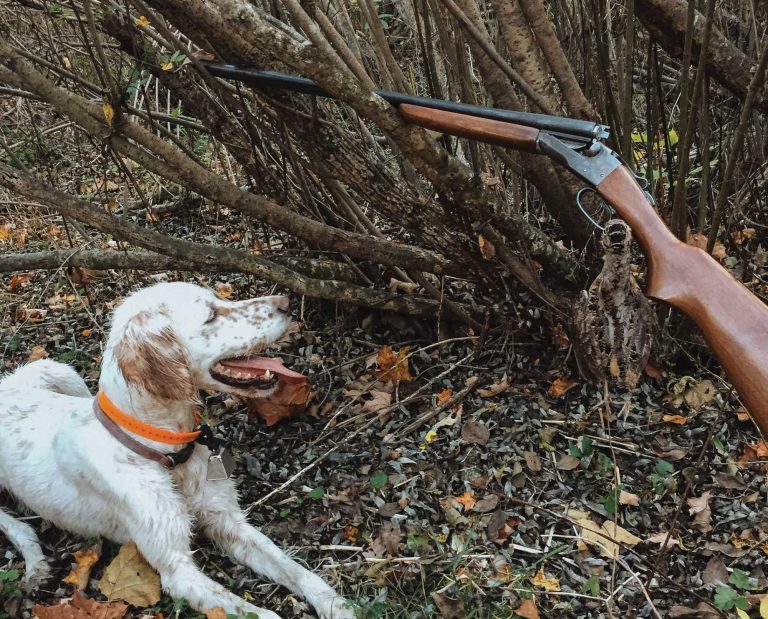
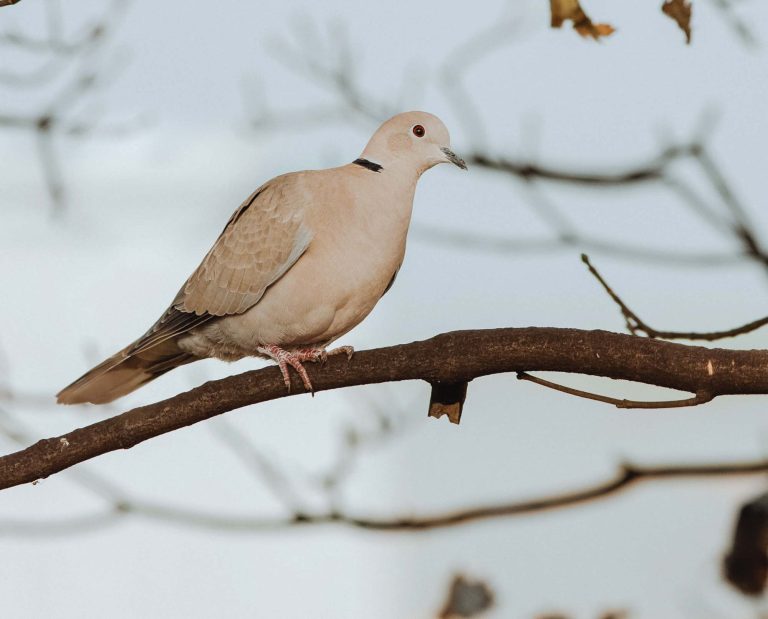
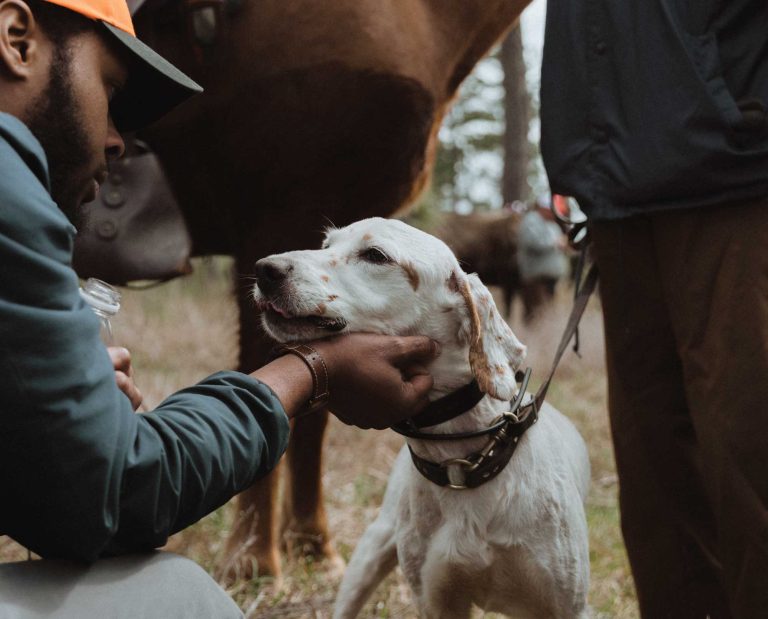

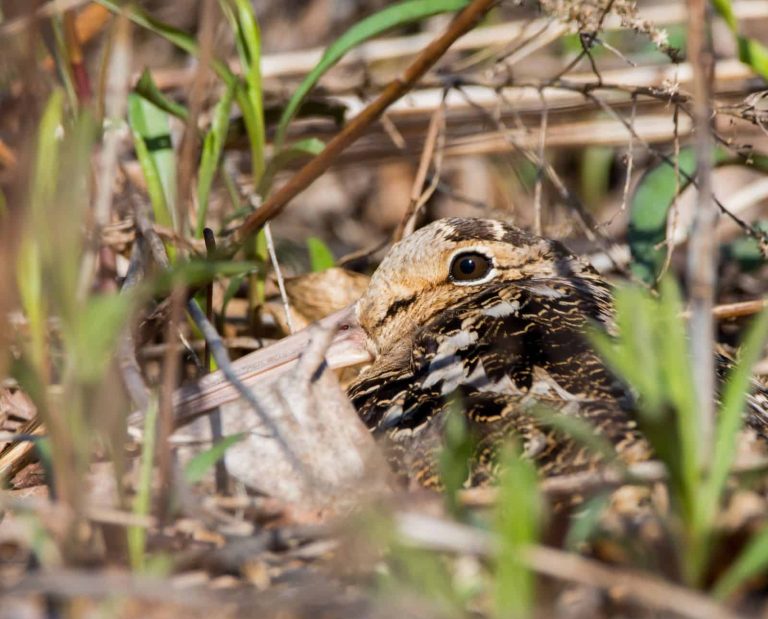
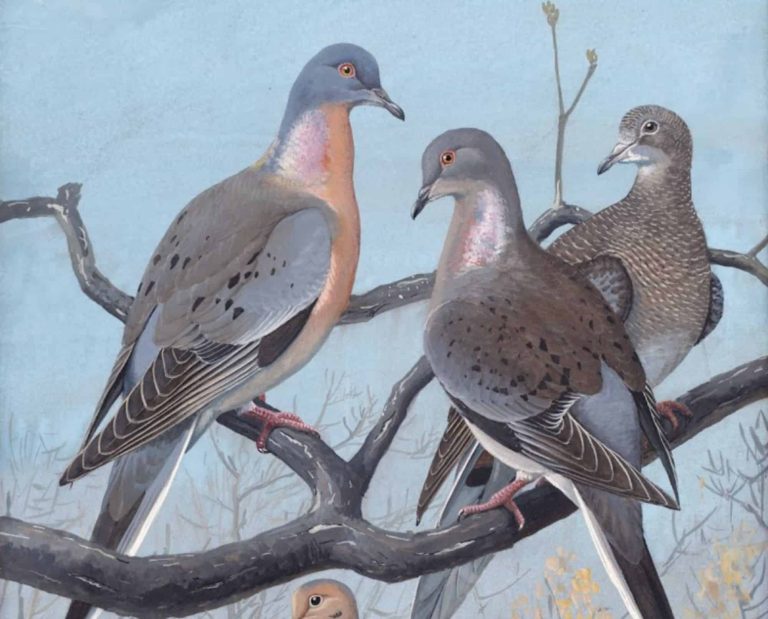
Great article Scott! Way to shed light on another available upland species. Let’s hunt this Fall!
I hunted Wilson Snipe for the first time last year in Central Virginia, I was on a woodcock/quail hunt, when my hunting partner’s dog flushed a small covey and he said shoot and of course I missed, but what a fun bird to hunt, we encountered them on a number of hunts after that first encounter
Great article thanks
Very informative, I don’t think you missed a thing, and adding the hyperlinks to their calls was spot-on
[…] you know snipe are a migratory bird much like their cousin the beloved […]
[…] When I finally arrived at The Bottoms, I met with my friend Edgar Castillo before he and his hunting party left for an afternoon duck hunt. Leaning against a truck and shifting gravel under our feet he told me that they had already had a great morning, having harvested six roosters, six quail, five snipe, five dove, and five ducks to the group’s credit. Eager to get out into the field, we spoke a little while longer and went our separate ways, but not before he gave me a little local knowledge about where to find one of my favorite game birds, the snipe. […]